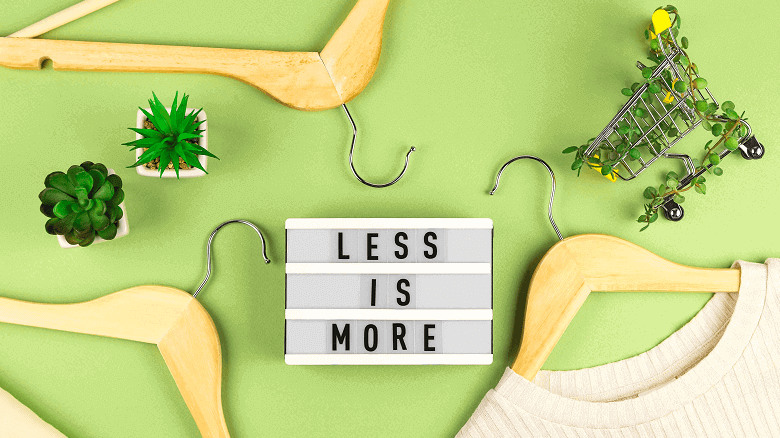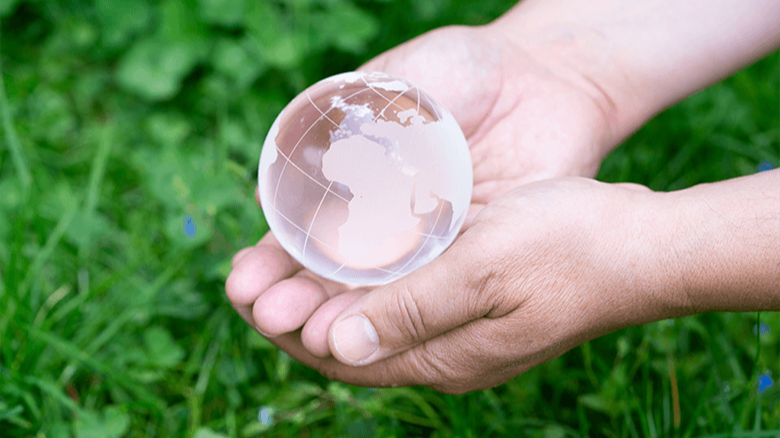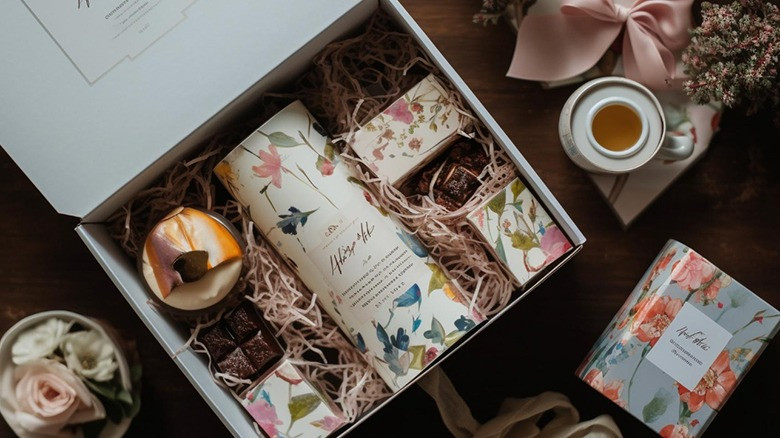Effective practices for a sustainable fashion brand in 2022
The fashion industry is always at the center of every society around the world. It makes an important contribution to the world economy, promotes creativity, encourages innovation, creates new industries, shapes opinions and develops beliefs.
But in fact, the fashion industry is the second largest polluting industry on earth after the coal industry. The greater the demand for clothing, the more devastating the impact on the environment. According to recent reports by the Ellen McArthour Foundation, global demand for textile fibers has more than doubled in the last 15 years, while at the same time the average time a shopper wears a garment has dropped by half.
Why sustainability in fashion brands is important
In recent years, many traditional and up-and-coming fashion brands have grown aware of the devastating impact of the clothing manufacturing cycle and are turning to sustainable practices. At the same time, consumers start to become aware of the philosophy of sustainability and embrace it, so the wave of sustainability is spreading rapidly.
Fashion brands that are truly sustainable are those committed to low-waste, sustainable production and whose entire business cycle is based on reducing their ecological footprint for the benefit of society and the industry itself.
Sustainable fashion brands are on the rise as awareness of authenticity and eco-friendly practices grows among savvy consumers.
How to create a sustainable fashion brand in 2022
First step: choosing the right fabrics
The dominant material in the fashion industry is cotton. It is a soft, durable and skin-friendly material. However, millions of tons of cotton are grown, produced and processed every year, using genetically modified seeds and harmful synthetic fertilizers that pollute the soil and impact the environment and our health in negative ways.
Organic cotton: Choosing fabrics like organic cotton, which is grown in special fields with organic fertilizers, does not pollute the soil and has lower carbon emissions. In addition, organic cotton is known for its quality and skin-friendliness, thus offering consumers high-quality and durable garments.
Recycled cotton: It comes from production residues and end-of-life textile and clothing waste. They are carefully collected, sorted by color, "milled" into fibers and re-spun. This is an excellent choice because materials that would end up in landfills are recycled, reducing the use of primary raw materials.
Organic hemp: It is considered the most environmentally friendly and sustainable of all fabrics. Today, hemp is grown as an industrial material in more than 30 countries as demand for hemp has increased. Organic hemp is one of the preferred materials of sustainable fashion brands as its cultivation acts as a natural fertilizer, requires less water and does not emit carbon dioxide but absorbs it.
Second step: choosing the right packaging
To go one step further with your values and become an eco-conscious business, you need to adopt the practice of sustainable packaging.
Sustainable packaging - a powerful marketing tool
Eco-friendly packaging sourced from sustainably managed forests and water resources is the focus of many fashion brands. And as the demand for clothing increases, the demand for eco-friendly packaging is also growing at the same rapid pace.
Besides, sustainable packaging is proving to be a great way to promote new fashion brands, as this philosophy is in line with the wave of sustainability that is developing on a global scale.
At Cartabianca we are committed to the philosophy of sustainable packaging. For this reason we have obtained the FSC™ (FSC™ C172223) certification, which supports protection of endangered plant and tree species, preservation of the biodiversity of forests and helps to improve the working conditions for people.
Our vision of ecological awakening makes us confident that modern requirements in the packaging industry can be met with sustainable practices. We have adapted to the new standards and offer our customers customized packaging of high quality and exceptional durability, made with materials from well-managed, certified forests, recycled materials and other controlled sources always with respect for the environment.
New trends are beginning to take hold and change the market landscape, paving the way for fashion brands that make sustainability a priority.
Are you still thinking about it?
We are here to help you choose the best sustainable packaging to meet the needs of your fashion brand.






